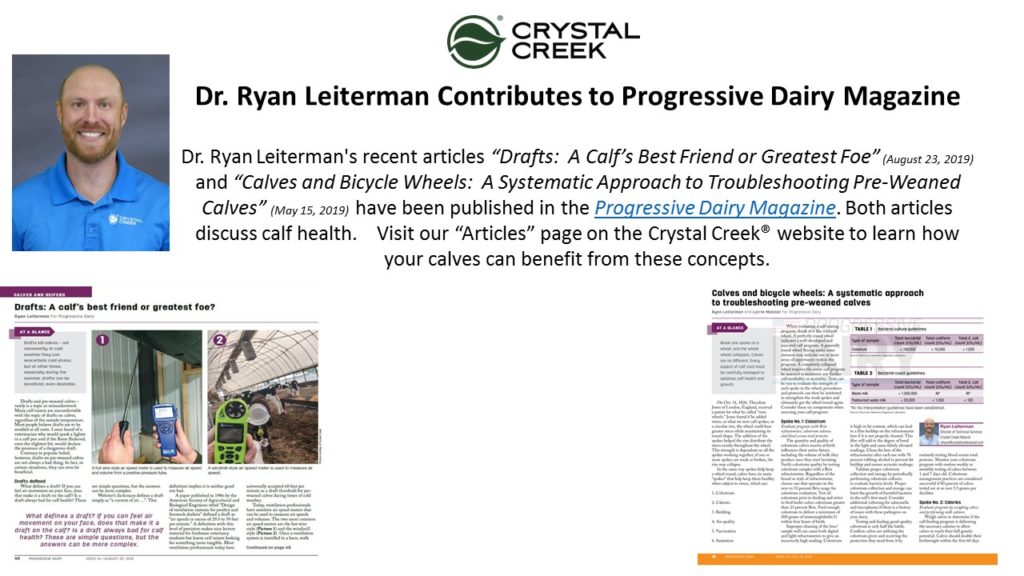Crystal Creek’s Beef Mineral Has A New Name: Return On Investment (ROI®)
Click here to view as a pdf: Crystal Creeks Beef Mineral Has A New Name ROI
By Teresa Marker, B.S.
Crystal Creek® is launching a new name for our beef mineral, now known as ROI® Beef Mineral. R.O.I. is an acronym commonly used in the investing community that stands for Return on Investment. The definition of return on investment (R.O.I.) is a ratio between net profit and the cost of investment. When looking at an input, like a mineral supplement, a producer should always evaluate the cost of the input against the return it will generate. To justify its use, any input will need to show a positive return; whether the effect is on animal health, net profit, or both. Before understanding the economics of mineral supplementation for beef cows, we must first understand the important roles that minerals play in the body.






 By Erik Brettingen, B.S.
By Erik Brettingen, B.S.